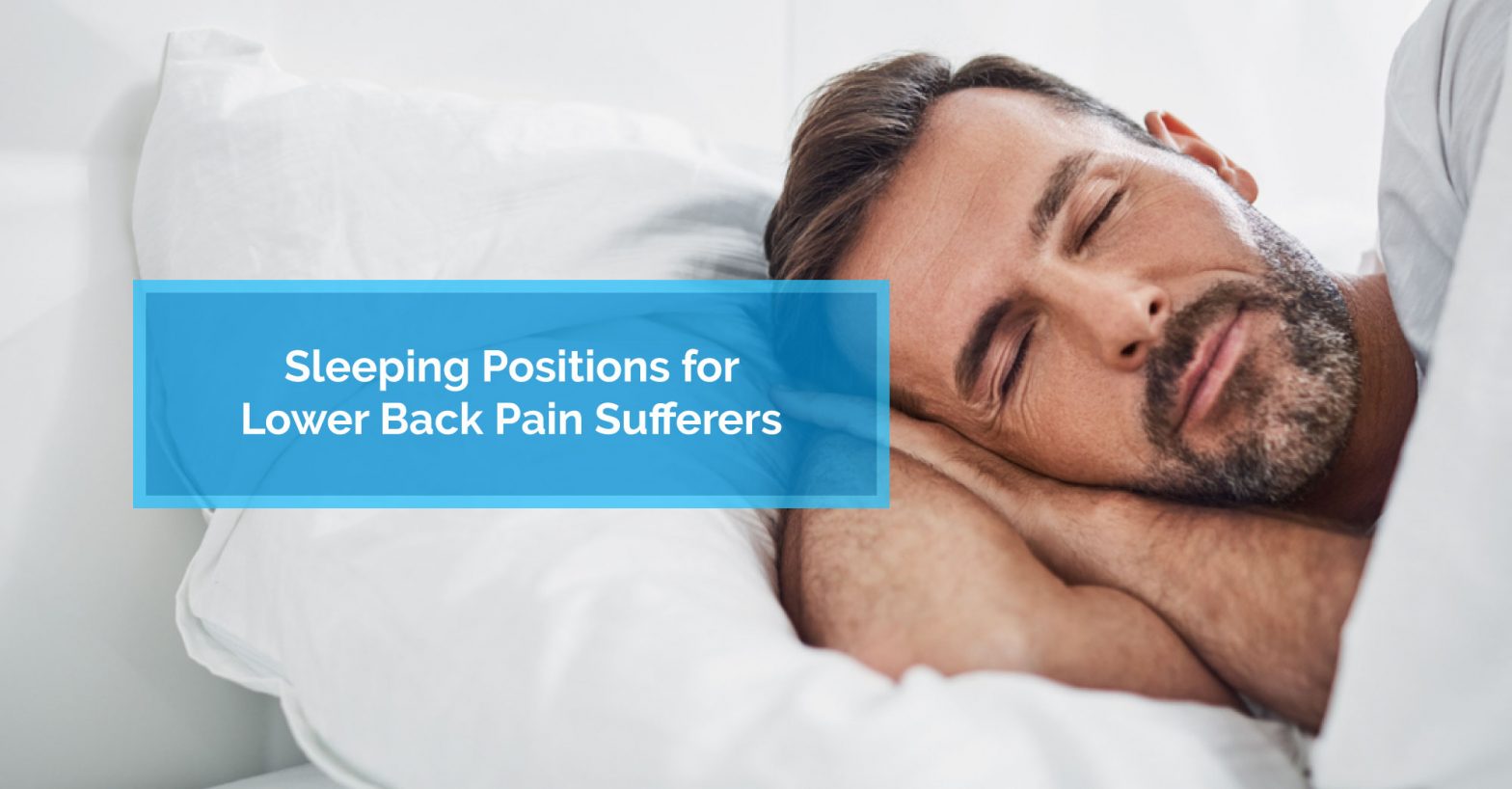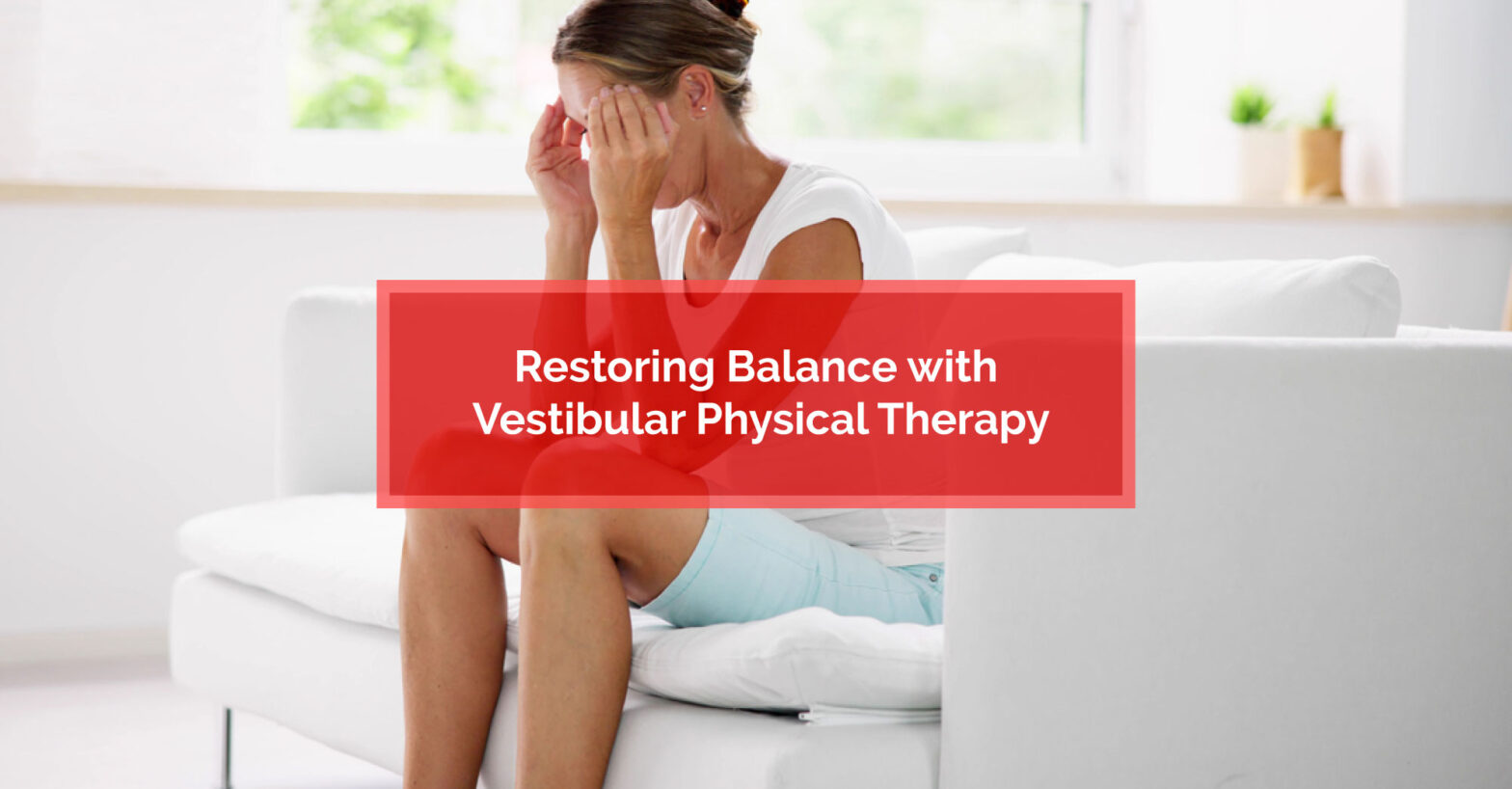Osteoarthritis Treatments: What You Need to Know...
Key Highlights: Osteoarthritis treatments focus on pain relief, restoring joint…
Read More
Posted by Dr. Scott Wilson | 15-Aug-2022
Lower back pain, whether acute or chronic, can be a debilitating and disheartening experience. It limits our ability to complete daily tasks and to do the things we love, which can significantly reduce our quality of life and even impact self-esteem. While most back pain sufferers are well aware of the various therapies and treatments for addressing causes and for relieving pain, one thing that often gets overlooked is how we sleep.
Our sleeping position affects the alignment of our spine. A proper sleeping position is one that reduces twisting, contorting, or otherwise putting pressure on the lumbar spine. In fact, depending on how we position our bodies when we sleep, we can either increase or decrease our lower back pain and stiffness, or possibly even contribute to additional musculoskeletal challenges. This is why paying attention to how we sleep can make a significant difference managing lower back pain.
Focusing on how we sleep can be an effective way to help manage lower back pain. It can be an important factor in overall back pain treatment and includes everything from choosing the right mattress and pillows to optimizing our sleeping posture. When it comes to sleeping positions, maintaining the natural curve of the spine is key. Here are eight key positions and/or considerations:
Side sleeping is one of the most common sleeping positions and is an excellent position for lower back pain. The side is a natural resting position for the body and also helps prevent lower back pain in the first place. Slide sleeping is considered one of the healthiest sleep positions because it offers several other benefits such as improved spinal alignment, reduced risk of snoring, back pain, and heartburn. Variations on side sleeping include “pillow between the knees” and “fetal position”.
When you’re attempting to sleep in this position, place a pillow between your knees as you lay on your side. If you feel that there is a gap between your hip and the mattress, you can also place a small pillow there as well for better support. If your back pain is the result of a herniated disc or any form of sciatica, placing a pillow between your knees prevents your hips from rotating and helps the pelvis and lower back to rest more comfortably.
Several studies have shown that side sleeping in the fetal position significantly reduces back pain among adults. When side sleeping in a fetal position, make sure that your spine is aligned and there is no pressure on your neck. Sleeping with a pillow that’s specifically designed for side sleeping can be even more helpful.
If you struggle with side sleeping because of poor alignment or maybe because it feels uncomfortable, try sleeping on your back with a pillow under your knees for support. This will help keep your back from arching and will keep your hips aligned while you sleep. Sleeping in this position reduces pressure on your lower back and stress on your spine because it supports the natural curve in your lower back.
For sleeping at an incline, you can either use a wedge pillow or an adjustable base. This helps in opening up space between your torso and legs, hence, preventing pressure build-up to the spine. Reduced pressure on the spine reduces lower back pain and even prevents the condition from worsening. Inclined back sleeping can also help relieve symptoms of isthmic spondylolisthesis, which is a lumbar spine condition. This condition is mainly caused when one vertebra slips over another and can result in chronic lower back pain, extreme muscle spasms, and sciatica.
Wrapping a thick towel or sheet around your waist is an effective alternative to pillows. It can be especially useful for those of us who move around a lot in our sleep. The rolled-up bath towel or sheet can act as a support for your back or side as needed, depending on whether you’re a back or side sleeper.
Laying on your stomach is not recommended for individuals with lower back pain as it increases stress on the back. However, if you are used to laying on your stomach, try placing a pillow under your stomach and hips while laying on your stomach. This elevates the lower trunk and helps to maintain the back’s natural curve. If the position makes your neck feel uncomfortable, try removing the pillow from under your head.
While there is no direct scientific evidence that sleeping on the floor provides back pain relief, many people say that it enhances the quality of their sleep, improves their posture, and provides relief from back pain. This is most likely because the stiffness of the floor helps with maintaining a more neutral position for the spine when compared to a soft bed. This position ensures that all the joints are optimally aligned allowing for the best functioning of the muscles, joints, and most importantly, the nervous system.
Answer: Side sleeping is generally the best option for people with pulled back muscles. Be sure to keep your body elongated and avoid a tight, curled-up fetal position. Place a pillow between your knees to support the curvature of your spine is also helpful. If you prefer sleeping on your back, place a pillow under your knees.
Answer: No single sleeping position works for every person with sciatica related lower back pain. Side sleeping is an effective way to take pressure off your sciatic nerve, especially if you sleep on the side opposite to where you’re experiencing pain. You can also place a pillow between your knees as it aligns your hips and takes pressure off the pelvis. If you’re a back sleeper, be sure to keep your head, shoulders and hips in a straight line when you lie down. You can also put a small pillow under your neck and head but avoid putting it under your shoulders. Putting a pillow under your knees to prevent your back from arching too much can help with sciatic pain.
If spinal stenosis is the cause of your sciatica, then try sleeping in a position that slightly bends you forward. This position is a great way to open the narrowed spaces in the spine.
Limiting pain and avoiding additional musculoskeletal challenges is reason enough to pay attention to how you sleep. However, getting more quality sleep each night can also help you avoid the additional physical and mental health impacts that go with chronic sleep deprivation. Of course, a healthy diet can also help enhance your quality of sleep. Avoid having coffee or other caffeinated drinks before bedtime as it can disrupt sleep and only stick to foods that can help you sleep.
If you still experience lower back pain, despite modifying your sleeping position, relieving lower back pain through physiotherapy and exercise may help. Physiotherapy is an effective nonsurgical treatment option that includes exercises, massage, core strengthening, ultrasound, manual therapy, and more to alleviate back pain.
If you are struggling with lower back pain, contact us today and let us show you why, at Physiomed, Healthier Starts Here.

Key Highlights: Osteoarthritis treatments focus on pain relief, restoring joint…
Read More
Key Highlights: Runner's knee, or patellofemoral pain syndrome, is a…
Read More
Key Highlights: Upper back and neck pain can be caused…
Read More
Key Highlights: Many people want to lose belly fat for…
Read More
Key Highlights: Vestibular physical therapy, or physiotherapy, is a specialized…
Read More
Key Highlights: Tennis elbow, or lateral epicondylitis, is a condition…
Read More